How to do [Skin Cycling]?
What is Skin Cycling?
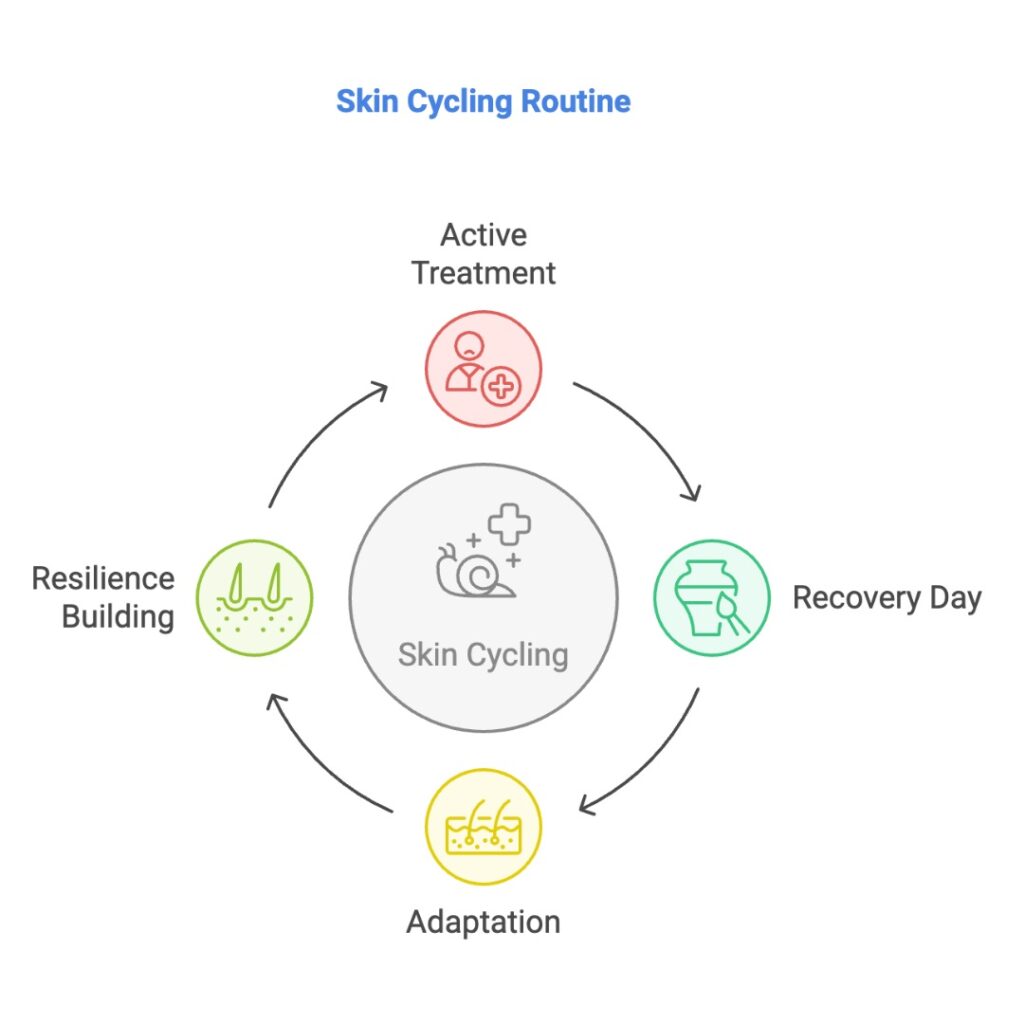
Skin cycling is a methodical approach to nighttime skincare that introduces structure and balance to your routine. The concept revolves around strategically alternating active treatments with recovery-focused days, much like a fitness program alternating intense workouts with rest days.
On active days, potent ingredients like exfoliants or retinoids take center stage to target concerns such as dullness, fine lines, or uneven texture. These treatments can be transformative but often come with the risk of irritation if overused. That’s where recovery days step in, offering a break for your skin to replenish moisture, repair its barrier, and reduce sensitivity.
By cycling through specific products on designated days, you not only give your skin time to adapt but also allow the active ingredients to work more effectively. This balanced approach can help you achieve healthier, more resilient skin over time without overloading it with too many treatments at once.
Skin cycling isn’t just a trendy term—it’s a thoughtful and intentional way to maximize the benefits of your skincare routine while minimizing the chances of irritation or overexfoliation.
Benefits of Skin Cycling
Minimizes Irritation and Sensitivity
One of the standout advantages of skin cycling is its ability to reduce irritation and sensitivity, common side effects of overusing potent active ingredients like exfoliants and retinoids. By introducing scheduled “rest days,” your skin gets the time it needs to recover and strengthen its natural barrier, making it better equipped to handle active treatments.
Encourages Smoother, Clearer Skin
Skin cycling promotes gradual, long-term improvements in skin texture and clarity. Regularly incorporating exfoliation helps to slough away dead skin cells, while retinoids work on boosting cell turnover and addressing concerns like fine lines or breakouts. The alternating recovery days ensure your skin remains hydrated and balanced, leading to a healthier and more even complexion over time.
Customizable for Multiple Skin Concerns
Whether you’re dealing with acne, uneven tone, or early signs of aging, skin cycling is adaptable to meet your specific needs. The structured approach allows you to address multiple concerns without overwhelming your skin or risking overexfoliation. This makes it an ideal strategy for those looking to achieve noticeable results while maintaining a gentle, skin-first philosophy.
Who Can Try It?
Not Ideal for Every Skin Type
While skin cycling can benefit many, it’s not the perfect solution for every skin type. Factors like severe sensitivity, specific skin conditions, or unique needs might make this approach less effective or even unsuitable for some. Individuals with reactive or overly dry skin, for example, may find the active treatment days too harsh, even with recovery periods. It’s important to assess your skin’s unique response and adjust or explore alternative routines if necessary.
Customizable to Individual Needs
The beauty of skin cycling lies in its flexibility. You can tailor the routine by adjusting the number of recovery days or swapping in active ingredients that suit your specific skin concerns. For instance, if your skin is prone to dryness, you might prioritize hydrating products during recovery days. If you’re targeting acne, you can incorporate salicylic acid on exfoliation nights.
Ideal for Simplifying Skincare
This routine is perfect for those overwhelmed by a complicated skincare lineup. By focusing on intentional, alternating steps, skin cycling simplifies your regimen while delivering effective results. It’s particularly helpful for anyone experiencing irritation from layering too many actives at once, offering a gentler path to healthier, balanced skin.
Basic Skin Cycling Routine
Day 1: Exfoliation
Start the cycle with exfoliation to remove dead skin cells and prep your skin for active treatments. Chemical exfoliants like AHAs (glycolic or lactic acid) or BHAs (salicylic acid) are ideal for most skin types, as they penetrate deeper than physical scrubs. However, if you prefer a manual exfoliant, ensure it’s gentle to avoid irritation.
- Apply your exfoliant after cleansing, focusing on areas prone to dullness or clogged pores.
- Follow with a hydrating moisturizer to soothe the skin.
- Always use sunscreen during the day after exfoliating, as your skin will be more sensitive to UV rays.
Day 2: Retinoid
This is the night for targeted treatment using a retinoid or retinol product. These vitamin A derivatives work wonders for improving fine lines, uneven texture, and acne.
- Start with a pea-sized amount of product, applying it evenly to your face after cleansing.
- For beginners, choose a low concentration and gradually increase as your skin builds tolerance.
- Top off with a moisturizer to combat potential dryness, and don’t skip sunscreen the next day—retinoids can increase photosensitivity.
Days 3–4: Recovery
Recovery nights are all about nourishing and repairing your skin. Skip active ingredients and focus on replenishing hydration.
These recovery days allow your skin to repair itself, reducing the risk of irritation while maintaining its natural barrier.
Use serums or creams with hydrating ingredients like hyaluronic acid, squalane, or Centella asiatica to calm the skin.
For those with dry skin, consider “slugging,” a technique that involves applying a thin layer of occlusive products like petrolatum to lock in moisture overnight.
Precautions
Always Use Sunscreen
Exfoliants and retinoids can make your skin more sensitive to the sun, increasing the risk of sunburn and long-term damage. Make sunscreen a non-negotiable part of your morning routine, choosing one with at least SPF 30. Reapply throughout the day, especially if you’re outdoors.
Adjust Frequency if Irritation Occurs
Your skin may take time to adapt to new active ingredients. If you notice redness, peeling, or discomfort, scale back on how often you use exfoliants and retinoids. Consider adding more recovery days into your cycle to give your skin a chance to heal.
Seek Professional Advice for Sensitive Skin
Sensitive skin types may react more strongly to actives. Consult a dermatologist before starting a skin cycling routine, especially if you’re managing conditions like rosacea or eczema. They can help tailor the regimen to suit your skin’s unique needs.
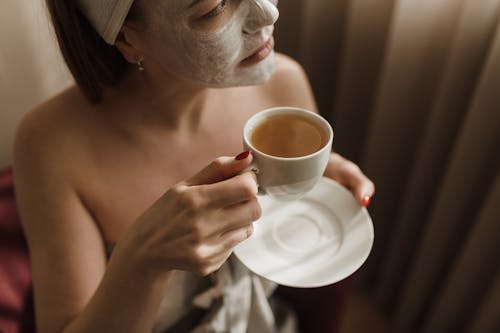
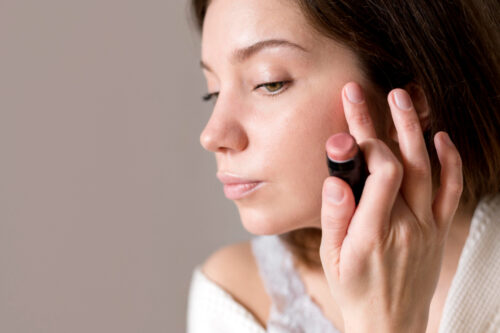
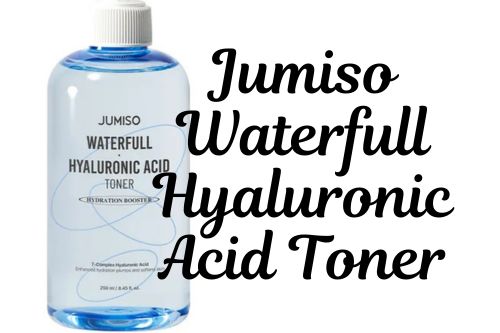


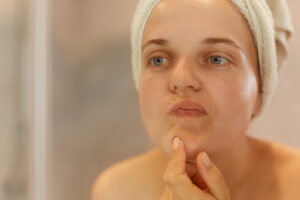
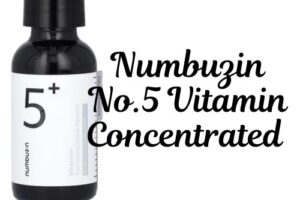
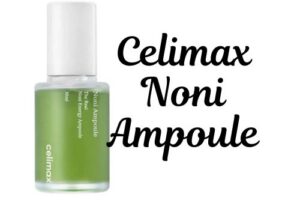
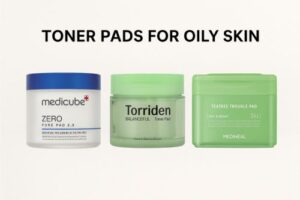
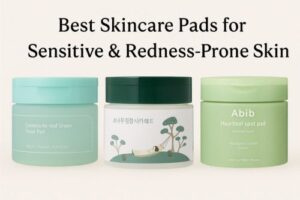
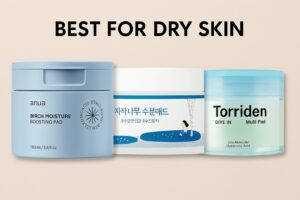



Post Comment